On All Other Nights, In All Other Places | Charoset
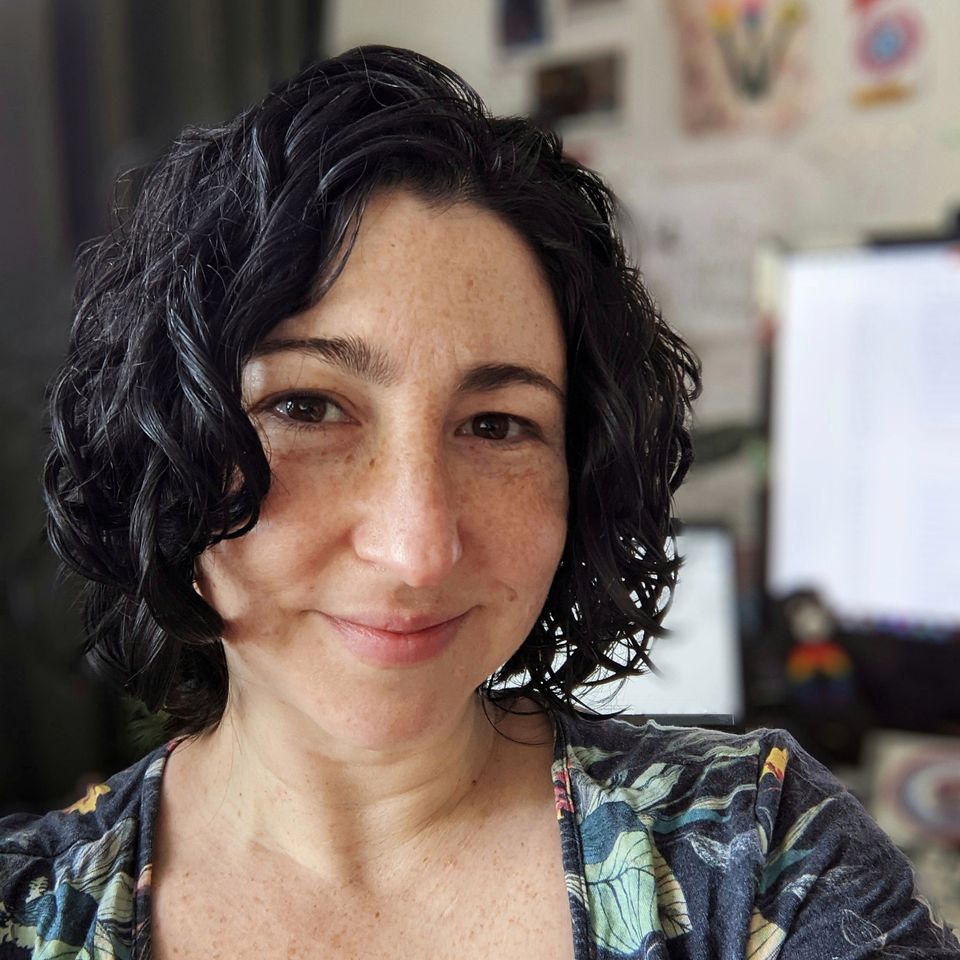
Francesca Kuehlers is a Coloradan at heart and a Berlinerin by choice. In a career spanning three continents and four countries (so far), Francesca has taught English to adults, edited SEO articles, and reviewed applications in an embassy. She's currently working as a translator and parent. Francesca lives in Berlin with her spouse and children, and enjoys kvetching about her adopted city nearly as much as she loves living there. Find her at @_frankcesca on Twitter.
Ed. Note: Francesca’s first short fiction story will be published in Days of Awe on September 15, 2023. “On All Other Nights, In All Other Places” is her first published work.
No matter where I live, I know there will be a seder.
Food has always been my tether to home, through five moves spanning four countries and three continents. It’s also an anchor, connecting me to everywhere I’ve lived. From generation to generation, Jews have been itinerant, and flexible, by necessity. It’s served me well. L’dor vador—from generation to generation—even as we adapt, we pass on our traditions.
A seder is a type of ritual meal which can be held on a few different holidays, but most often marks the spring holiday of Passover. My family, like many others, holds a big Passover seder. And, like many others, my family invites someone new to the holiday to our seder every year. So do I. When I started dating the man who I later married, my seder was his first deep experience of what being Jewish means to me. Answering his questions over the years has taught me not to take any of my traditions at face value.
For days beforehand, the house fills with the smells of vinegar-sugary pickling brine, tart-warm apples and cinnamon, and savory broth studded with puffy dumplings. I cherish the entire process: choosing the menu based on what’s available locally; organizing the dishes by prep time; through to the meal, when the flavors of my personal and cultural history reinforce that food is just another way to say “home.”
꘏
The first time I hosted a seder myself, I was studying abroad in Dublin. After three exhilarating years at a university where being Jewish was the norm, not the exception, I was catapulted back to my suburban American childhood: the de facto ambassador of an entire religion. The only Jew at my own seder, I held the familiar joy and burden of knowing that everything I said would be accepted as The Way All Jews Do It, purely because there was no counterexample available.
After a lonely bus trip to the only supermarket with a kosher section, I returned to my student housing laden with matzah and macaroons. Eager to cook, I asked my mom for her recipe for charoset—a sweet mixture of apples, cinnamon, nuts, honey, and wine that symbolizes the mortar our enslaved ancestors built pyramids with.
“Recipe?” Mom answered. “Are you kidding?!?”
She listed the ingredients and concluded with, “Mix until it tastes right.”
꘏
In the middle of the table stands the seder plate, laden with symbolic foods. Mom’s is pewter and ornate. Mine is a simple egg serving dish I found on sale after Easter that coincidentally has the right number of spots for the seder symbols: an egg, parsley, saltwater, an orange, sinus-clearing horseradish, the charoset, and a roasted lamb shank. My parents have a decade-old shank that emerges from the freezer once a year for this purpose; many vegetarian households, like mine, use a beet instead.
The Hebrew word seder means “order.” On Passover, this ritual follows fifteen preordained steps set out in the haggadah, our guidebook of prayers and traditions through these stations. Step one: We open with blessings. Steps 1, 5, 13, and 14: We bless and drink grape juice or wine—four times. The highlight is retelling the story of the Exodus from Egypt. After a big meal which takes forever to get to (it’s step eleven, after all), we recline and warble about goats and death. We wind down by wishing to be “next year in Jerusalem,” which to me can be as much metaphorical as literal.
꘏
Every family has a unique “right” way for charoset to taste. My family’s flavor is the one I’m teaching my children. It’s the one that’s been passed down to me.
When my mom was a kid living in Kenya, her parents, too, hosted seders. One year, a guest exclaimed, “This charoset tastes exactly like my family’s!” A few rounds of Family Tree Tracing later, at the seder table in Nairobi, they discovered that both families had roots in the same town in Lithuania.
꘏
When I lived in Ghana, I was invited to a friend’s seder. I scoured the supermarket freezers for expensive salmon for weeks, determined to impress with Mom’s pickled salmon recipe. The fancy fish import store nearby had a shipment of frozen salmon at the port in Tema, an hour’s drive away. Stuck in customs.
I decided to risk the salmon recipe with tuna. One word: Don’t. It turned tough and gray. Thankfully, my backup contribution (plantain chips and homemade mango salsa) was locally sourced and better received. I never learned when—or if—that salmon cleared customs.
꘏
Here in Berlin, there’s a kosher store within biking distance, to which I faithfully pay one annual visit. But my pre-Passover shopping list shrinks every year. I don’t buy a jar of horseradish spread anymore; the nearest Asian-foods shop offers an entire root for a sliver of the price. I make my charoset with grape juice instead of kosher wine so it’s kid-friendly. We snack on flavorless rice cakes instead of flavorless imported Passover crackers concocted of an improbable, unpleasant combination of tapioca starch and modern science.
Through all these moves, I’ve carried my trusty three-ring binder with a photocopy of my family’s haggadah: Mom’s cobbled together a mashup combining the best of three different books. But I’ve also adapted my seders, lately. Until the kids have grown into more patience, I’m sticking with my copy of Let’s Learn About Passover, a coloring book from my childhood that Mom dug out a few years ago.
When my sister-in-law and her children visited us two Passovers ago, the simple language in that book helped me translate the big ideas into German for my niblings to understand. In the end, Passover is about sharing. It’s one of the first phrases of the liturgy in the haggadah, after all.
“Let all who are hungry come and eat,” we chorus, year after year. Just as we once were strangers in a strange land, at Passover we invite those who are strangers to join us. And together, l’dor vador, we tell and taste our way through this ritual, hoping it will bring us each closer to building our own meaning of home.
The Family Charoset
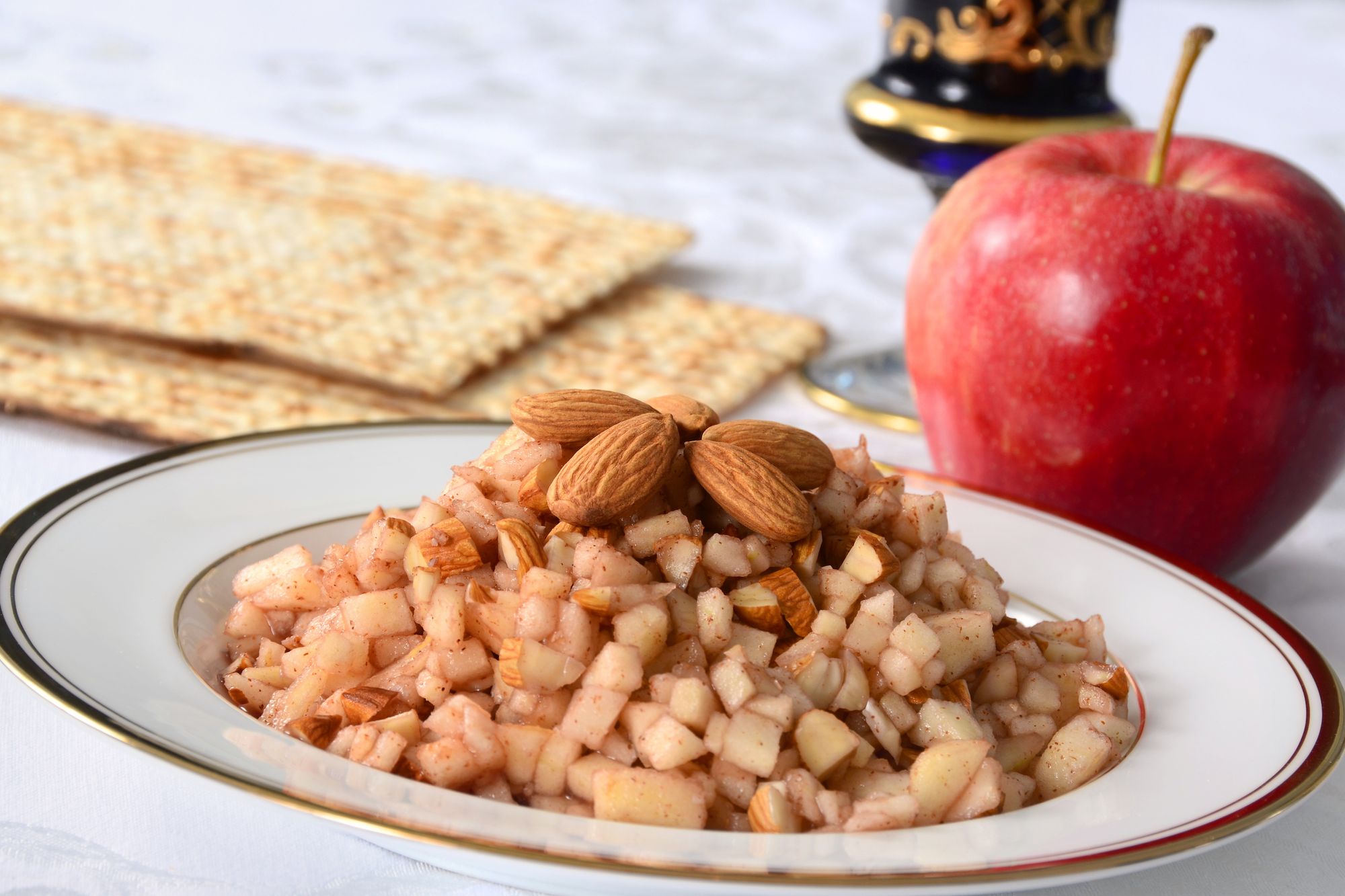
This is a recipe for charoset, a delicious, sweet condiment. Prepared as written, it produces roughly 8-12 servings.
Charoset is a symbolic seder food—but it doesn’t have to carry that meaning. When you eat it outside the context of a seder, charoset can be just a delicious condiment. Feel free to make this recipe whether you observe Passover or not.
The seder itself, on the other hand, is a closed practice. It is not appropriate to hold a seder if you are not Jewish: No matter how respectful the intent, this is appropriation. If you want to learn more, or experience a seder, find a communal seder or a Jewish friend who will host you. There are many families out there—not just mine—who welcome in “all who are hungry” to come and eat.
Get the Recipe: PDF, Google Doc
If you’d like to own the Personal Canons Cookbook ebook, which collects all these essays and recipes in easy-to-reference, clickable format—plus loads of bonus recipes from me!—join the Stone Soup Supper Club. The ebook is free for subscribers, who will get the download link in their inboxes in the first Supper Club email of 2024!
Remember: Care for yourself and the people around you. Believe that the world can be better than it is now. Never give up.
—Gailey


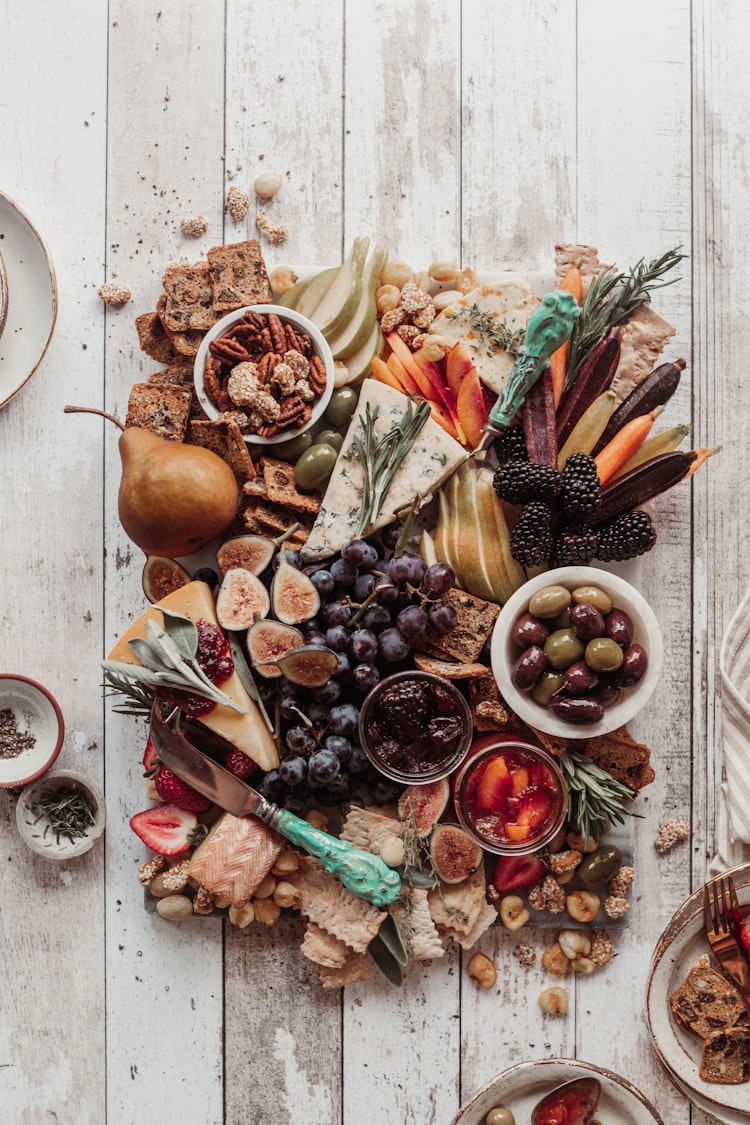
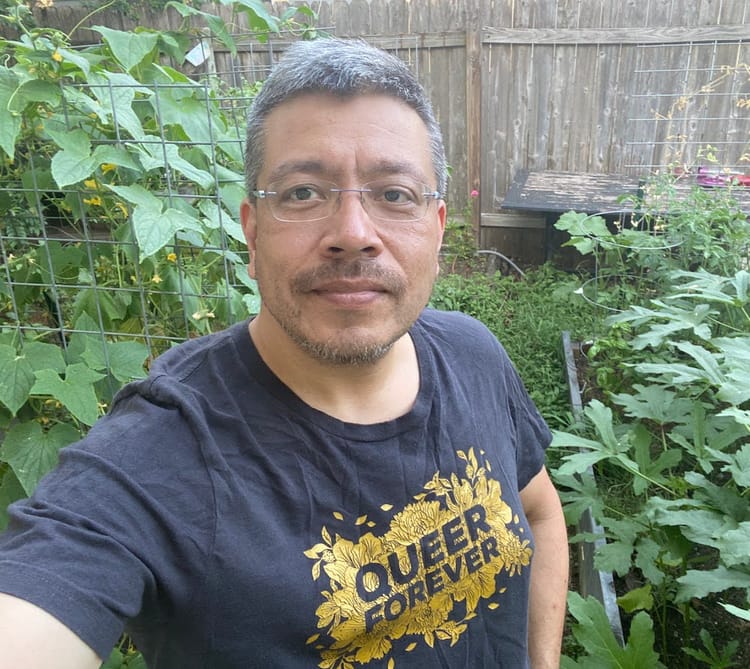
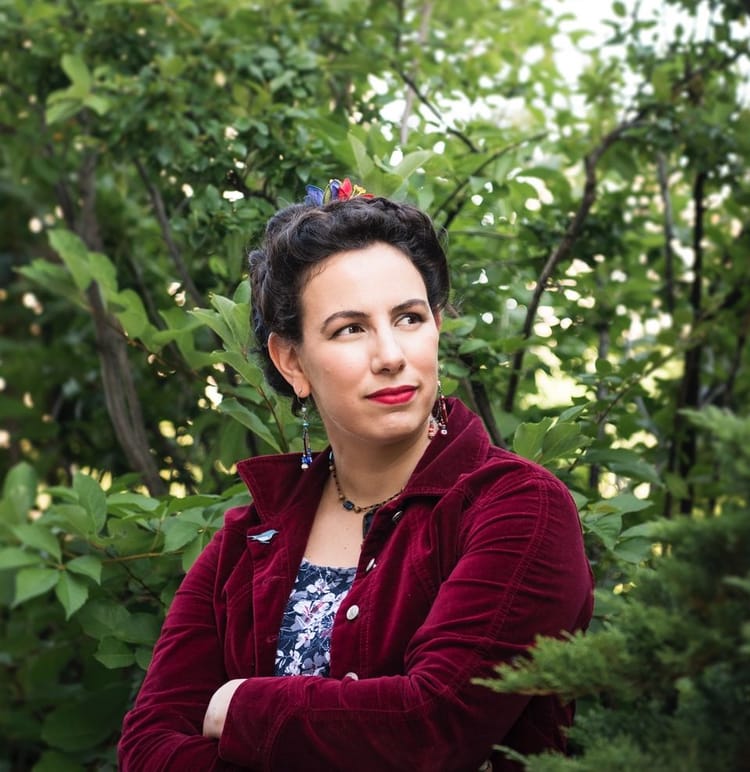
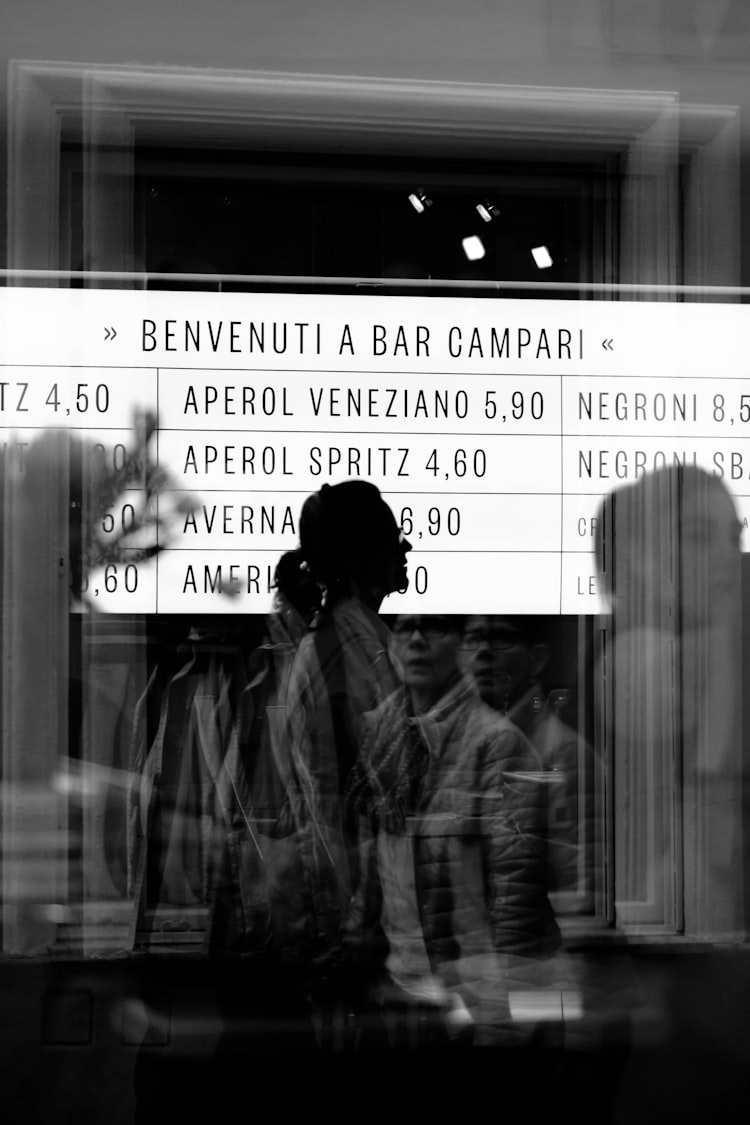
Member discussion